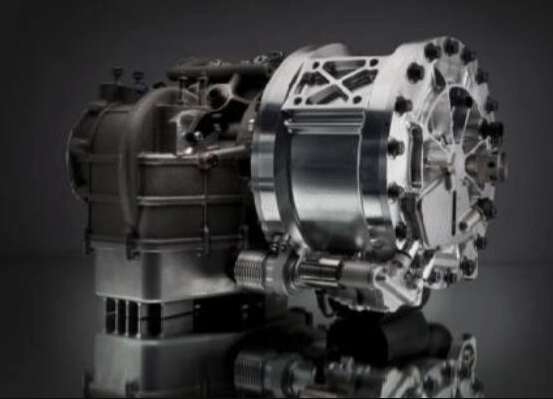Surely on more than one occasion, you have heard about the flywheel. This mechanical element, also known as the flywheel, is a component that has a very precise and very important operation in our vehicle. Although sometimes it goes unnoticed, the flywheel is one of the main responsible for the refinement of a propeller. It is present in all engines, regardless of their type or the number of cylinders they have.
Definition of flywheel
The engine flywheel, as seen in the image, is a simple piece normally made of circular-shaped steel. Va on the end of the crankshaft that is closer to the gearbox. Its main objective is to store the kinetic energy and achieves it, as its other name indicates, providing additional inertia. It is a process that may sound complex, but that is simpler than it seems.
When it stops receiving its pair, the steering wheel continues its movement so that it is possible to reduce jerks and sudden changes. Cushioning the engine vibrations makes driving more comfortable, especially at low revolutions. Engines with a high number of cylinders have a more regular turn, but in the usual three and four cylinders, the flywheel becomes a key element.
Flywheel classes
- Mass flywheel (SMF): This is the simplest and most common type today. It is composed of a single large circular solid piece, which has the outer toothed perimeter. Its rotation manages to cushion the angular speed of the crankshaft.
- Biomass Inertia Flywheel (DMF): Currently, about one-third of vehicles use a steering wheel formed by two connected masses that rotate with each other. Thanks to helical springs and bearings located between them, the reduction of vibrations in the kinematic chain achieved over a longer period.
Flywheel operation
Through the flywheel, as we have said before, all the kinetic energy generated by the engine will pass before passing directly to the wheels. In this energy path, the mechanic’s vibrations will be partially absorbed by the flywheel, which will continue to turn to dissipate and transmit said energy to the crankshaft. The vibrations that would manifest in the form of pulls or rattle if they reached the wheels, get eliminated.
In the case of a bi-mass flywheel, it is possible to gain effectiveness with a mass rotates. It will stand out for a more progressive movement in the release maneuver. This element will also help the electric starter motor, because it transmits power to the crankshaft so that it starts its movements, thus reducing wear to the starter motor, which is the one that suffers the most.
Flywheel breakdowns
The flywheel is also a fairly susceptible element to break down. Despite being a passive element, its wear is considerable and must treat correctly to achieve a longer life. It is advisable to follow a series of routines to achieve it. In this section, it must be taken into account that the flywheel closely linked to the clutch and that the treatment of it will directly affect it.
Therefore, the use of the clutch should be smooth (without releasing it at once) and. We must also avoid strong accelerations at low revolutions because this is when this element works the most. The condition of the starter motor must also monitor because if it is defective, it will make the flywheel work harder. On the other hand, we must be careful with certain reprogramming, because the increase in power could lead to greater wear.
If the flywheel is not in good condition, we can detect it through some symptoms. First of all, you have to train the ear because any strange noise (especially at the time of starting, idling, or when using the clutch) can activate the alarms. The vibrations also augur possible slack of the flywheel, so you have to pay attention.
It always recommends that it handled by professionals. It would be appropriate to change it every time the clutch replaced, and it is a rather expensive item. A biomass flywheel can be around 600 euros, and a complete repair with labor included could be around 1,000 euros.

